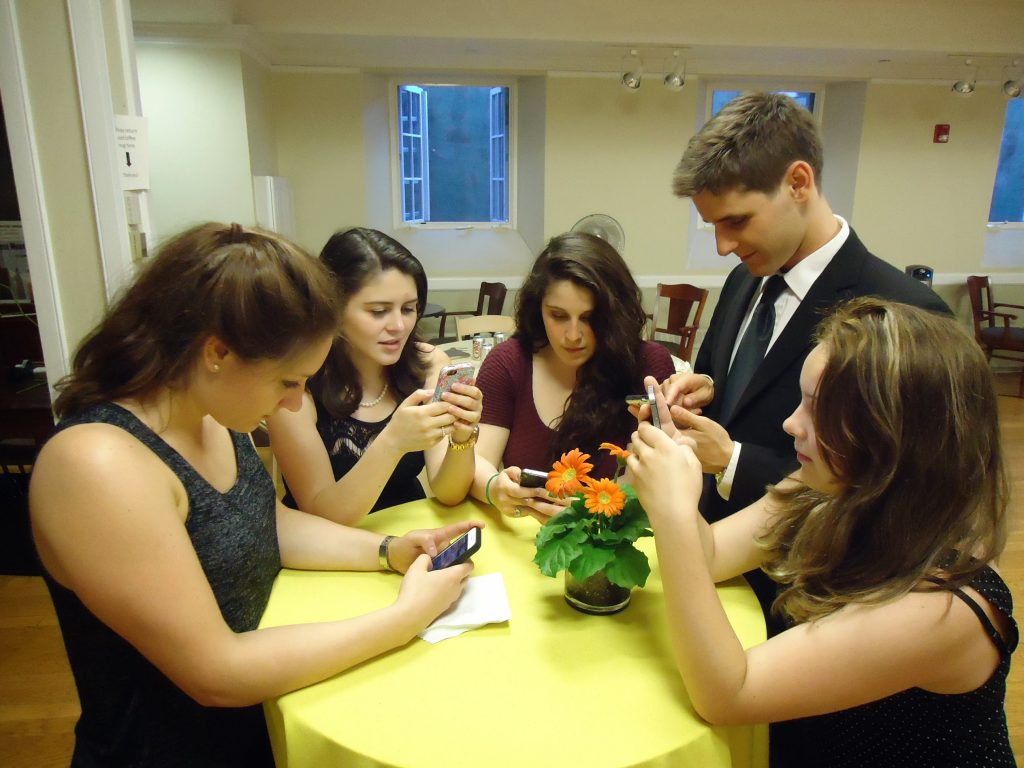Why?
Why make digital thought visualisations?

People are confusing. Why do our friends, family, workmates, even the people on the bus, act the way that they do? Understanding ourselves and each other has always been tricky, but as modern life gets more and more complicated, it can often feel like it’s getting harder. The technology that keeps us connected is blurring the boundaries between public and private, plus keeping track of who we are gets more difficult when we’re all expected to jump between different social roles with the swipe of a touchscreen.
Researchers are becoming more aware that our brains are always running lots of different but interconnected processes at the same time. Most of these thoughts and feelings happen without us even noticing, they are often contradictory, sometimes even in direct competition.
On top of all this, using words can be a pretty poor way of communicating. When we use words to describe how we think and feel we can only say one thing at a time, but that’s just not how our brains work. Words as we normally use them, might not be up to the job of describing our non linear and ever changing minds. We’re creating new tools that encourage people to explore multiple and alternate ways of describing and sharing thoughts, to offer people new ways of exploring themselves and each other.
Describing thoughts visually has always been difficult because everybody pictures their thoughts and feelings differently. Using new technology to do this opens up a lot of possibilities but adds even more complexity. This isn’t a challenge that can be solved by one person working alone.
This new digital visual language has to be cocreated by a diverse mixture of people with different backgrounds and of different ages if it is to be any use. To do this requires an accessible framework of activities to support people to create digital thought visualisations that best describe their thinking. That is why this site has been made, these activities have been made, to engage more people in the creation of digital thought visualisations.
